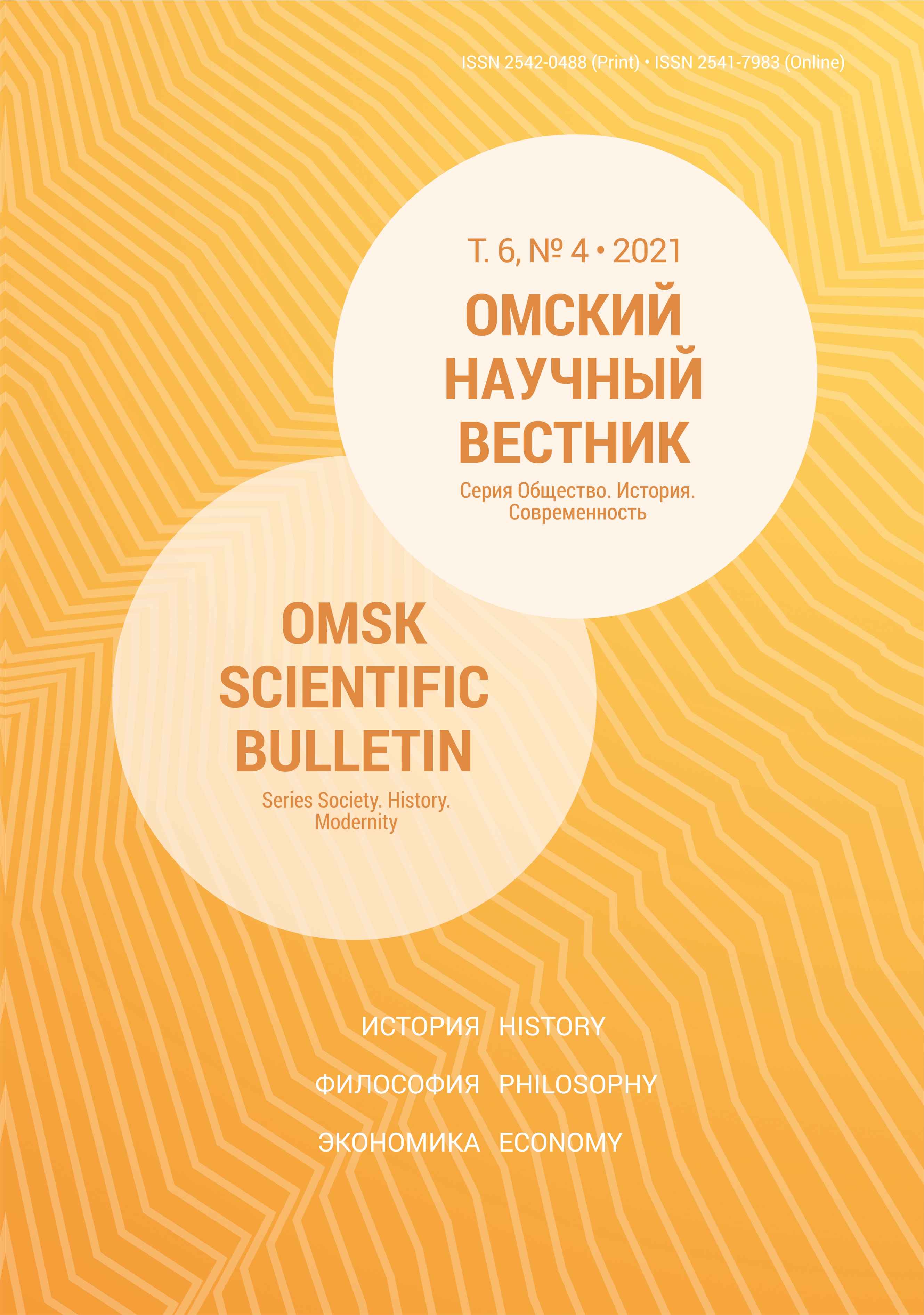Construction of the image of Ermak in late XVI–XVII centuries: official, church and folk traditions
DOI:
https://doi.org/10.25206/2542-0488-2021-6-4-47-53Keywords:
Russian Empire, armed forces, corporate culture, warrant officers training schools, World War I, Omsk, IrkutskAbstract
This article is an attempt to reconstruct the elements of the corporate culture of the schools for training warrant officers in Siberia (Omsk, Irkutsk) during the First World War. Any corporate culture is the foundation of society. The absence of this foundation is one of the reasons for the atomization of society — social disunity, which is expressed in a significant decrease in trust between people, the loss of the skills of collective problem solving and collective interaction. From this point of
view, corporate culture is a means of stabilizing society. Therefore, it is necessary to study the positive and negative aspects of corporate culture. The materials of the 1st Kazan and Vladikavkaz (2nd Tiflis) schools for the training of infantry warrant officers are used in the work. As a result of the study, it is found that the corporate culture of the schools for the training of warrant officers in Siberia (Omsk, Irkutsk) included such elements as school holidays, school graduation badges, instructions and historical memos for students, norms of etiquette, etc.
Downloads
Published
How to Cite
Issue
Section
License
Non-exclusive rights to the article are transferred to the journal in full accordance with the Creative Commons License BY-NC-SA 4.0 «Attribution-NonCommercial-ShareAlike 4.0 Worldwide License (CC BY-NC-SA 4.0»)




